9 Best CBT for OCD Printable Worksheets

Dealing with Obsessive-Compulsive Disorder (OCD) can be a tough road, but Cognitive Behavioral Therapy (CBT) has proven to be a practical approach in helping individuals manage and overcome its challenges. In this article, we’ll explore practical resources – the “9 Best CBT for OCD Printable Worksheets.”
These worksheets are designed to be straightforward tools that can be easily accessed and utilized by anyone looking to address OCD’s impact on their daily lives.
We’ll take a closer look at what Cognitive behavioural therapy is all about, the fundamental principles that make it effective for OCD, and how these worksheets can serve as practical aids in the process.
Whether you’re a mental health professional seeking useful materials for your clients or an individual on a personal journey of improvement, these worksheets aim to provide a hands-on approach to understanding and dealing with OCD.
Join us as we dive into the world where cognitive behavioural therapy meets OCD, offering practical insights and tools to empower individuals in their pursuit of better mental well-being.
Thought Record Worksheet
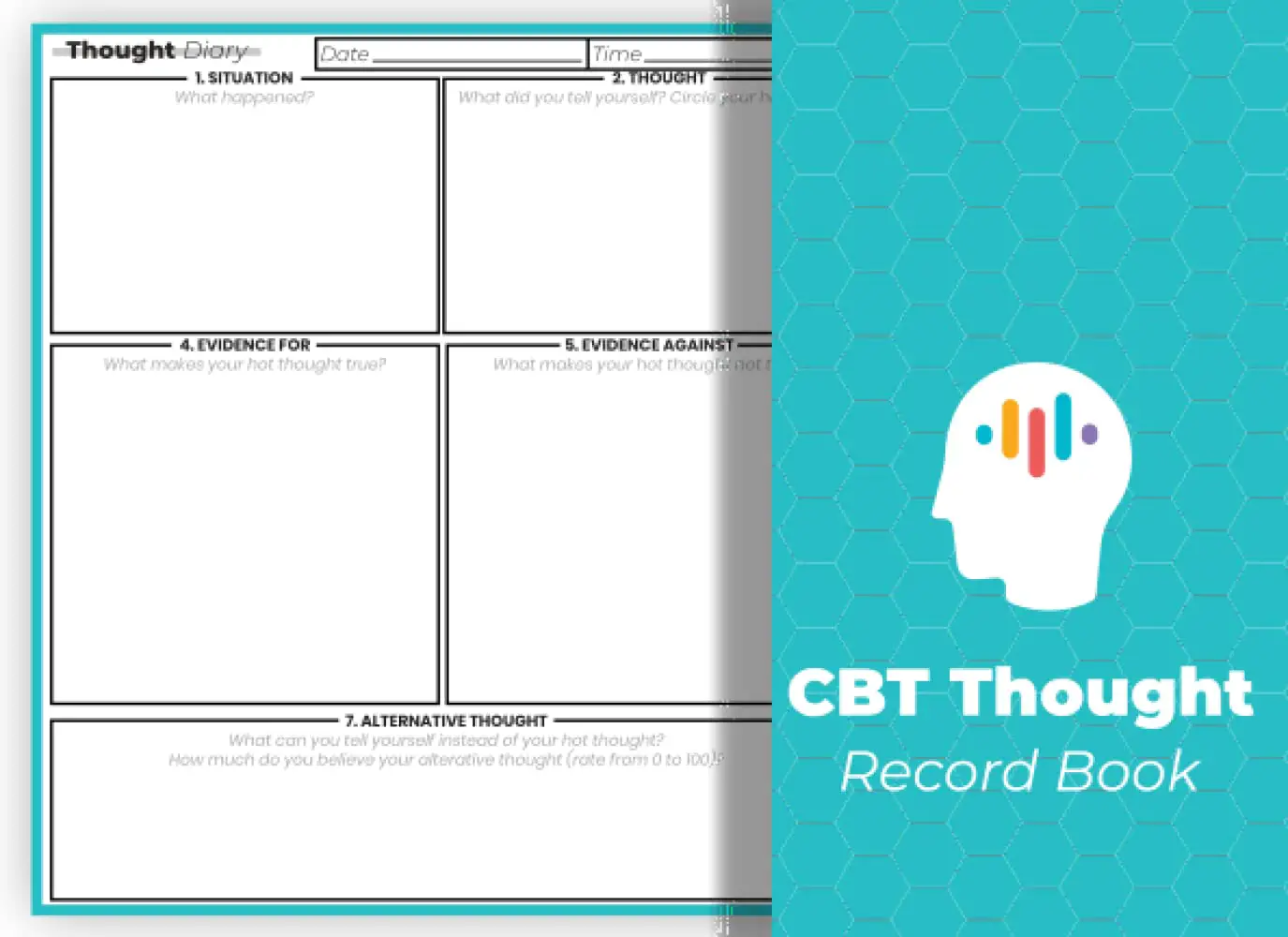
The Thought Record Worksheet serves as a fundamental tool in CBT for OCD. It helps individuals identify and challenge their obsessive thoughts.
The worksheet typically includes sections for recording the triggering event, associated thoughts, emotions, and alternative, more balanced thoughts.
This is beneficial for anyone struggling with intrusive thoughts and can be adapted for various age groups.
Exposure Hierarchy Worksheet
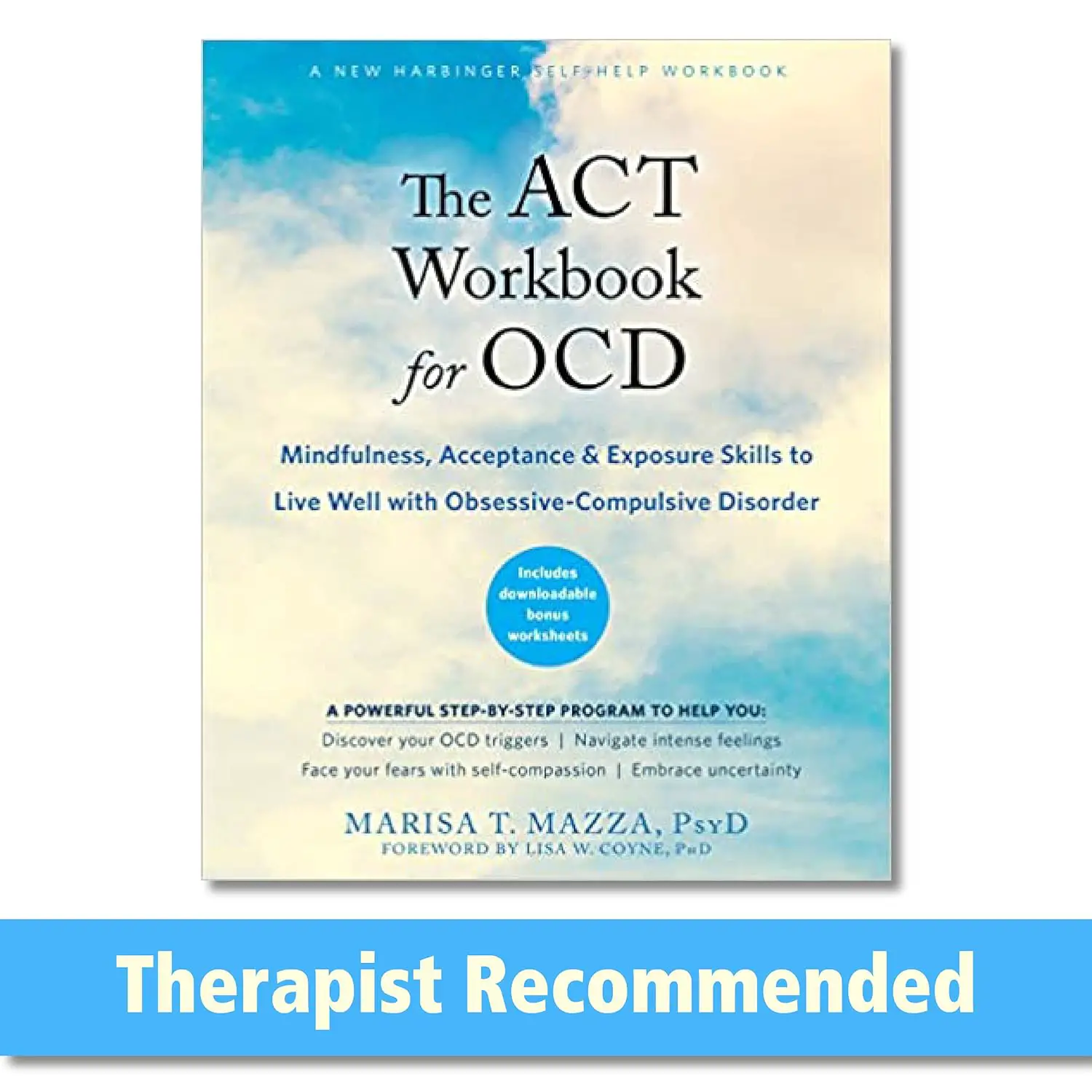
Tailored for those dealing with compulsive behaviors, the Exposure Hierarchy Worksheet assists in creating a hierarchy of exposure to anxiety-inducing situations.
This OCD worksheet helps individuals gradually face and overcome their fears. This tool is particularly effective for all age groups and genders, as exposure therapy is a key component in treating OCD across demographics.
Behavioral Activation Worksheet
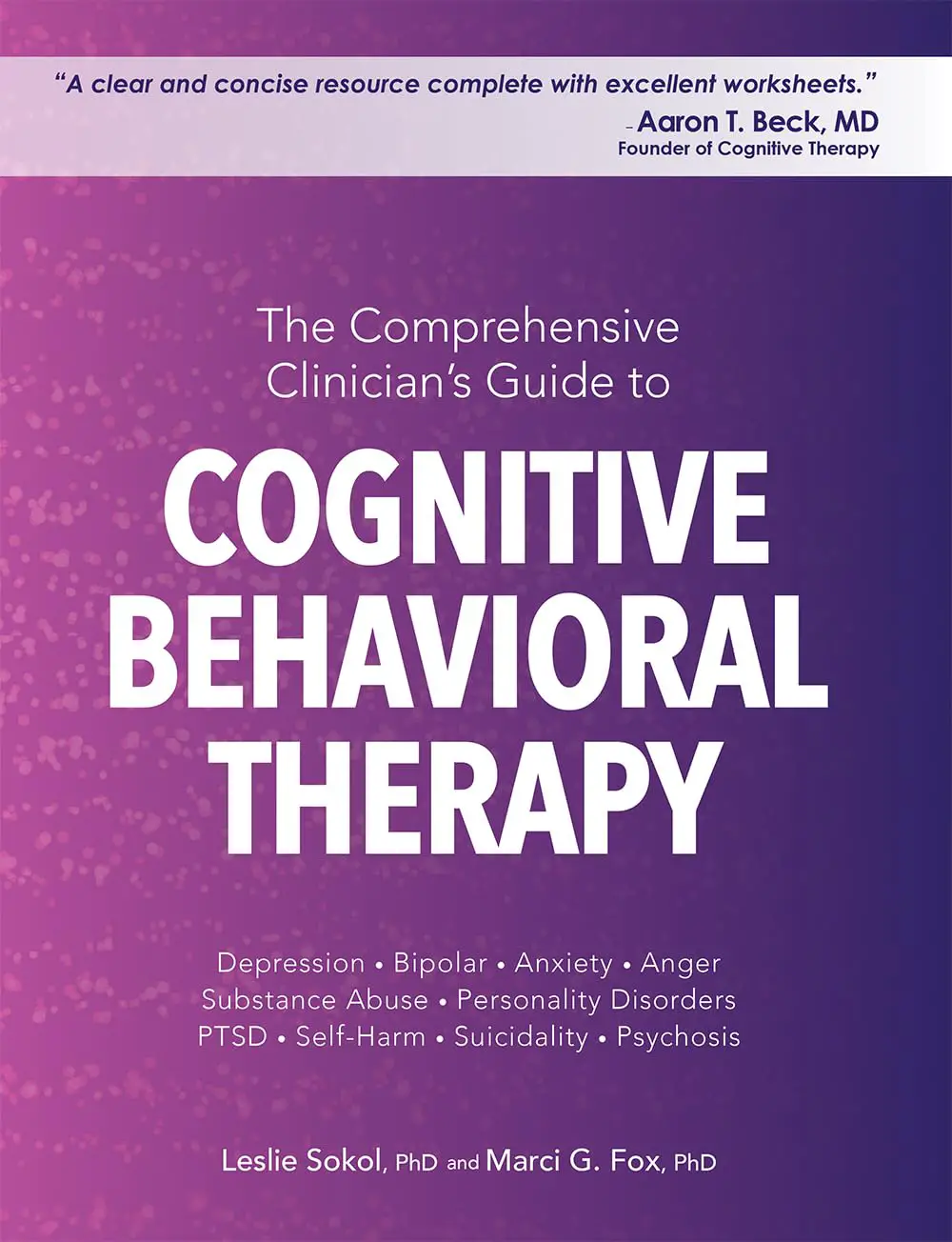
Focusing on increasing positive behaviors, the Behavioral Activation Worksheet is beneficial for those whose OCD leads to avoidance of certain activities.
This OCD worksheet helps individuals identify and schedule enjoyable and meaningful activities to counterbalance the impact of obsessive thoughts.
This can be applied universally, but it may resonate more with individuals who find themselves stuck in patterns of avoidance and isolation.
Values Clarification Worksheet
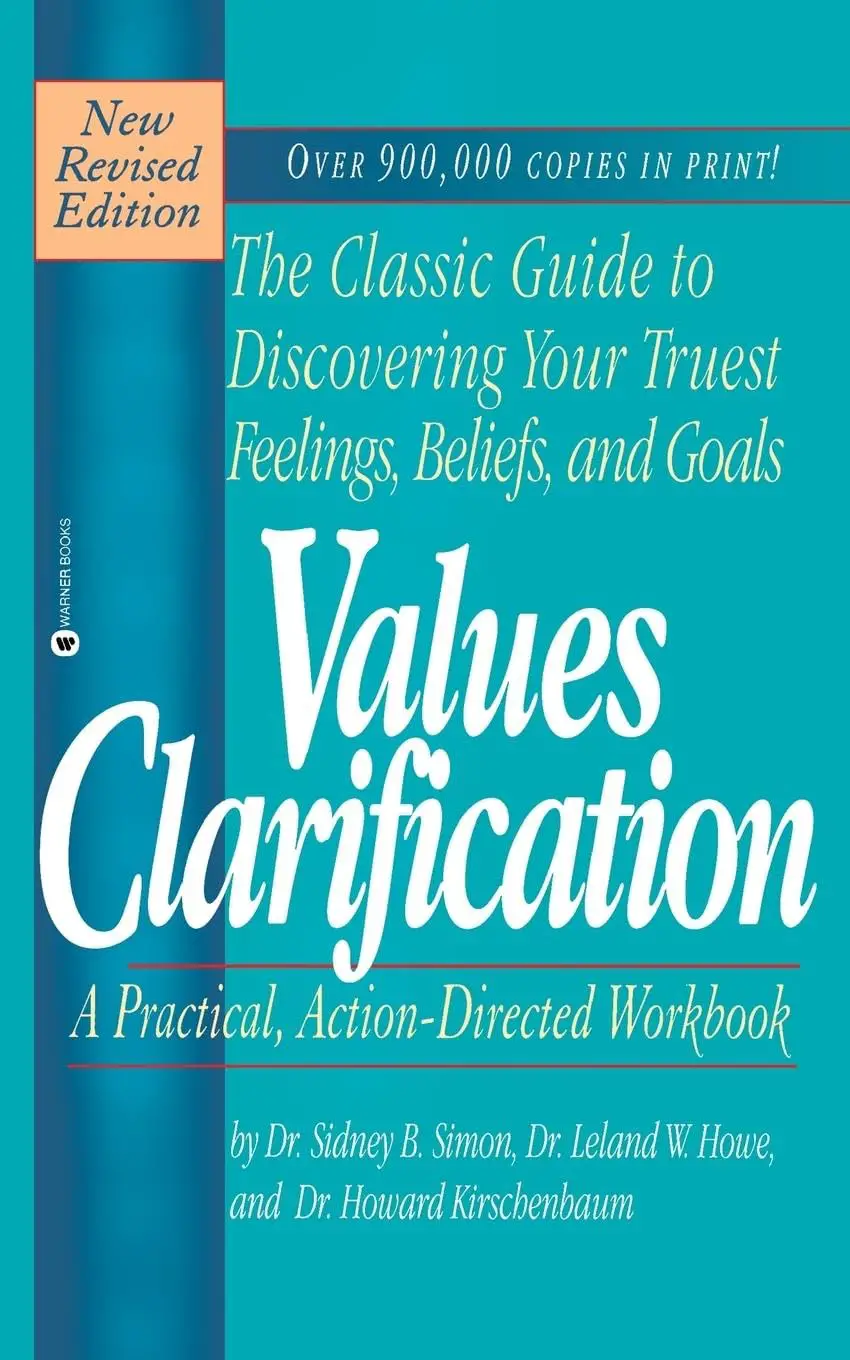
OCD can sometimes lead individuals to lose sight of their core values. the Values Clarification Worksheet aids in clarifying personal values and aligning behaviors accordingly.
This OCD worksheet is suitable for individuals of any age or gender seeking to reconnect with what truly matters to them, providing a roadmap for decision-making and goal-setting.
Mindfulness and Acceptance Worksheet
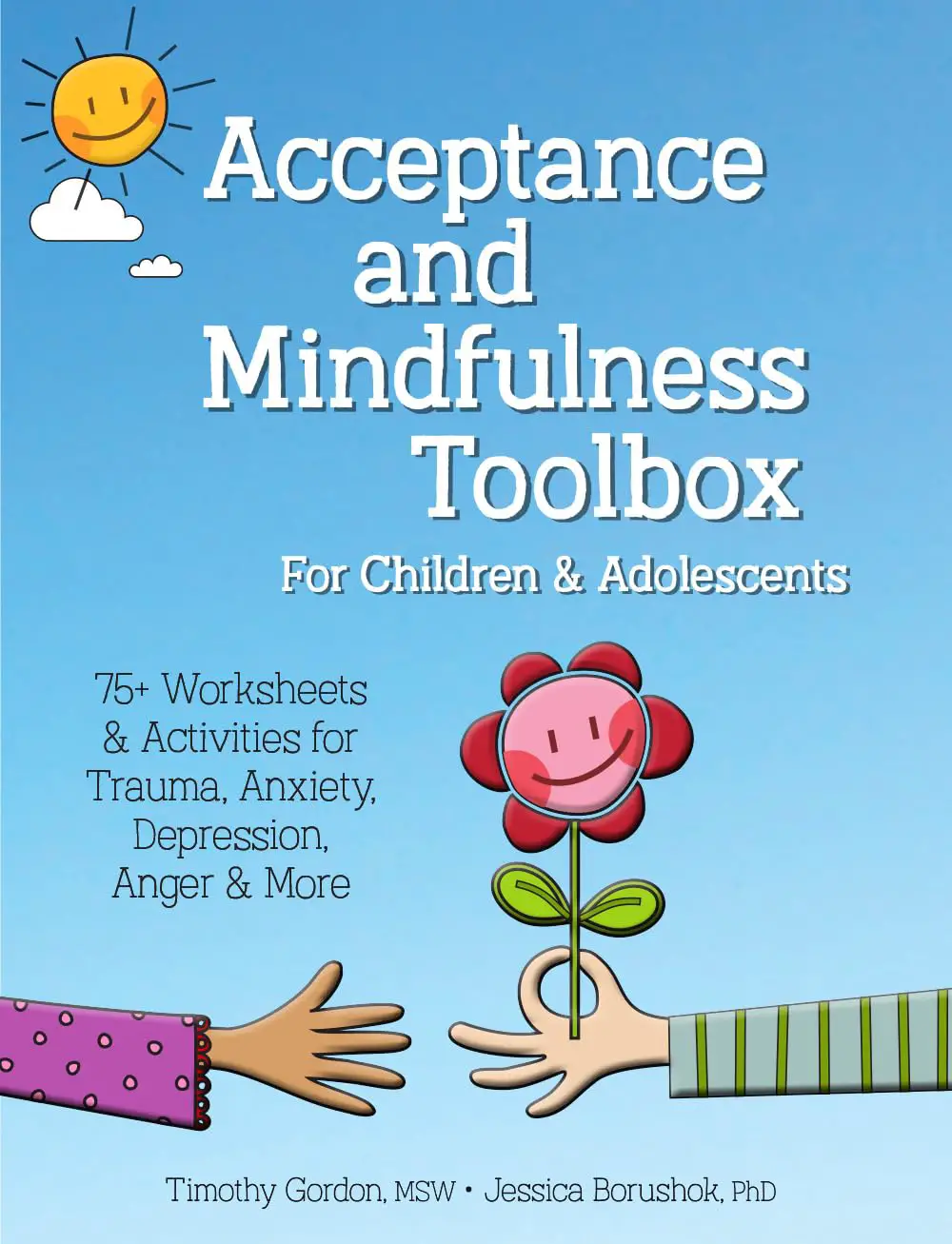
Mindfulness is a powerful technique in CBT for OCD. The Mindfulness and Acceptance Worksheet encourages individuals to observe their thoughts without judgment and cultivate acceptance.
It’s particularly helpful for those struggling with perfectionism and the need for control. This tool can benefit individuals of any age and gender who seek to develop a more accepting mindset.
Graded Exposure Homework Sheet
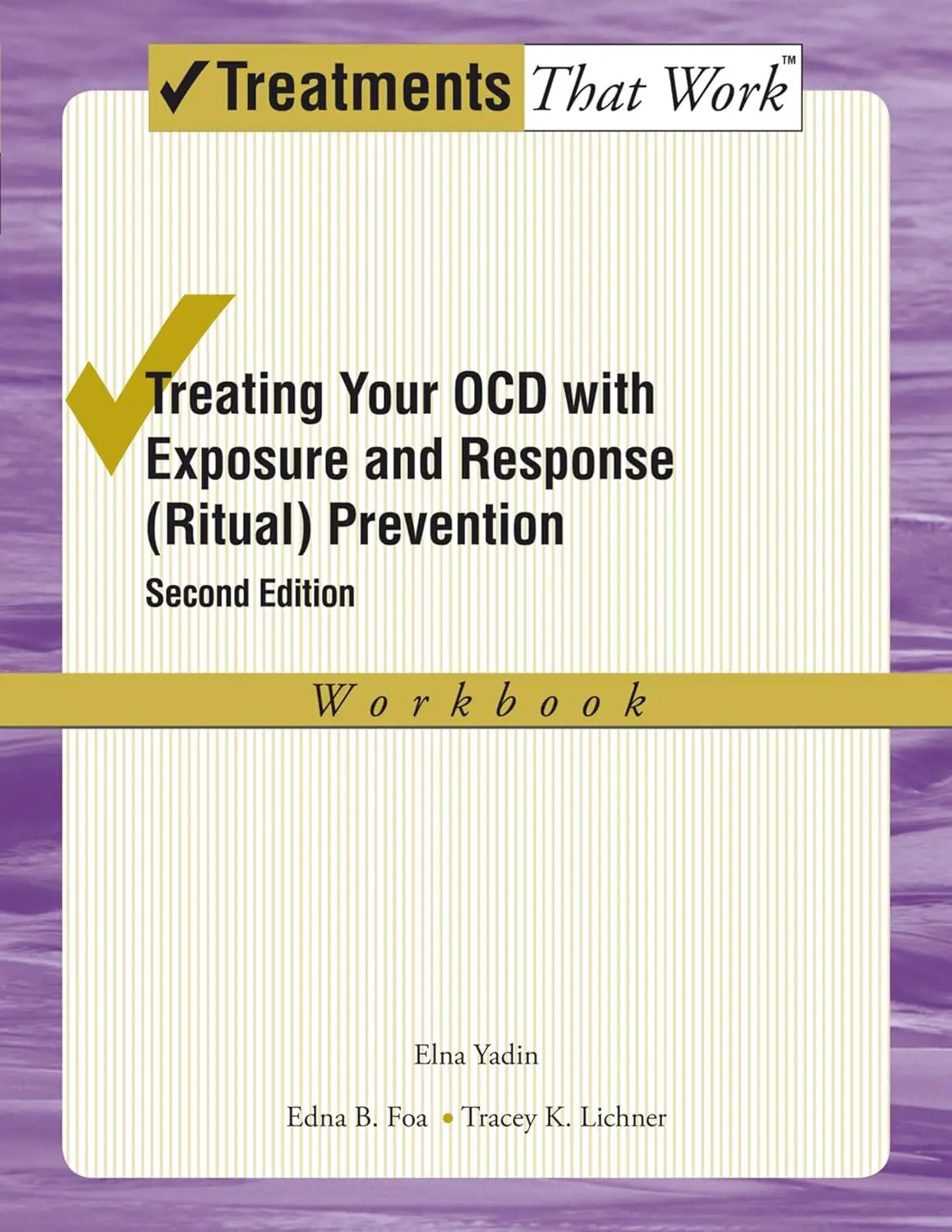
Similar to the Exposure Response Prevention Hierarchy Worksheet, the Graded Exposure Homework Sheet provides a structured approach to gradually facing feared situations.
It is practical for those who require a step-by-step plan, offering a clear path towards desensitization.
It can be adapted for various age groups and genders and is especially useful for individuals who benefit from systematic, incremental challenges.
Goal-Setting Worksheet
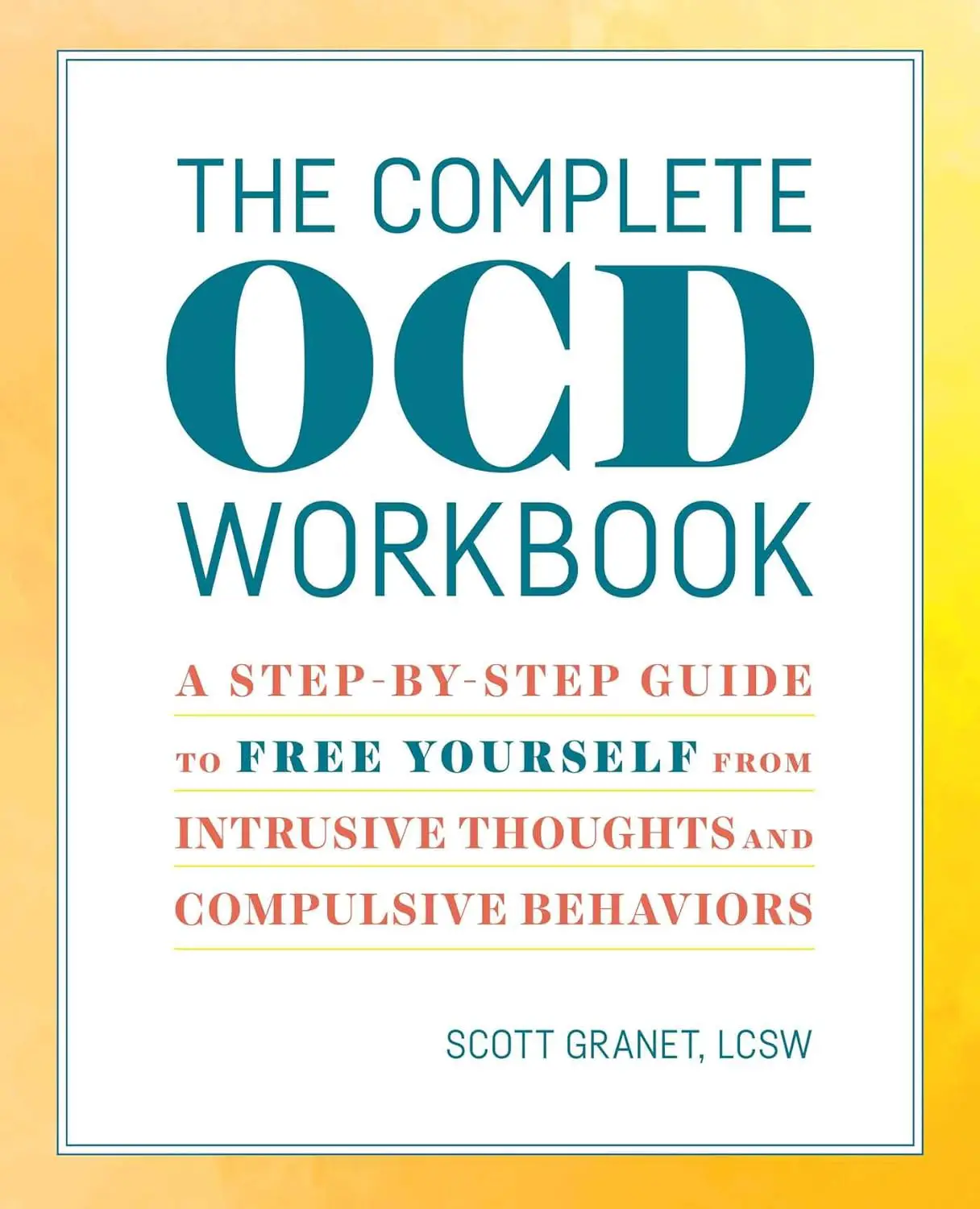
The Goal-Setting Worksheet aids individuals and therapists in setting realistic and achievable goals related to their OCD treatment.
It is valuable for all demographics, as setting small, attainable goals provides a sense of accomplishment, examples, practice, and progress. It’s particularly beneficial for those struggling with motivation and direction related to their symptoms.
Daily Mood Log
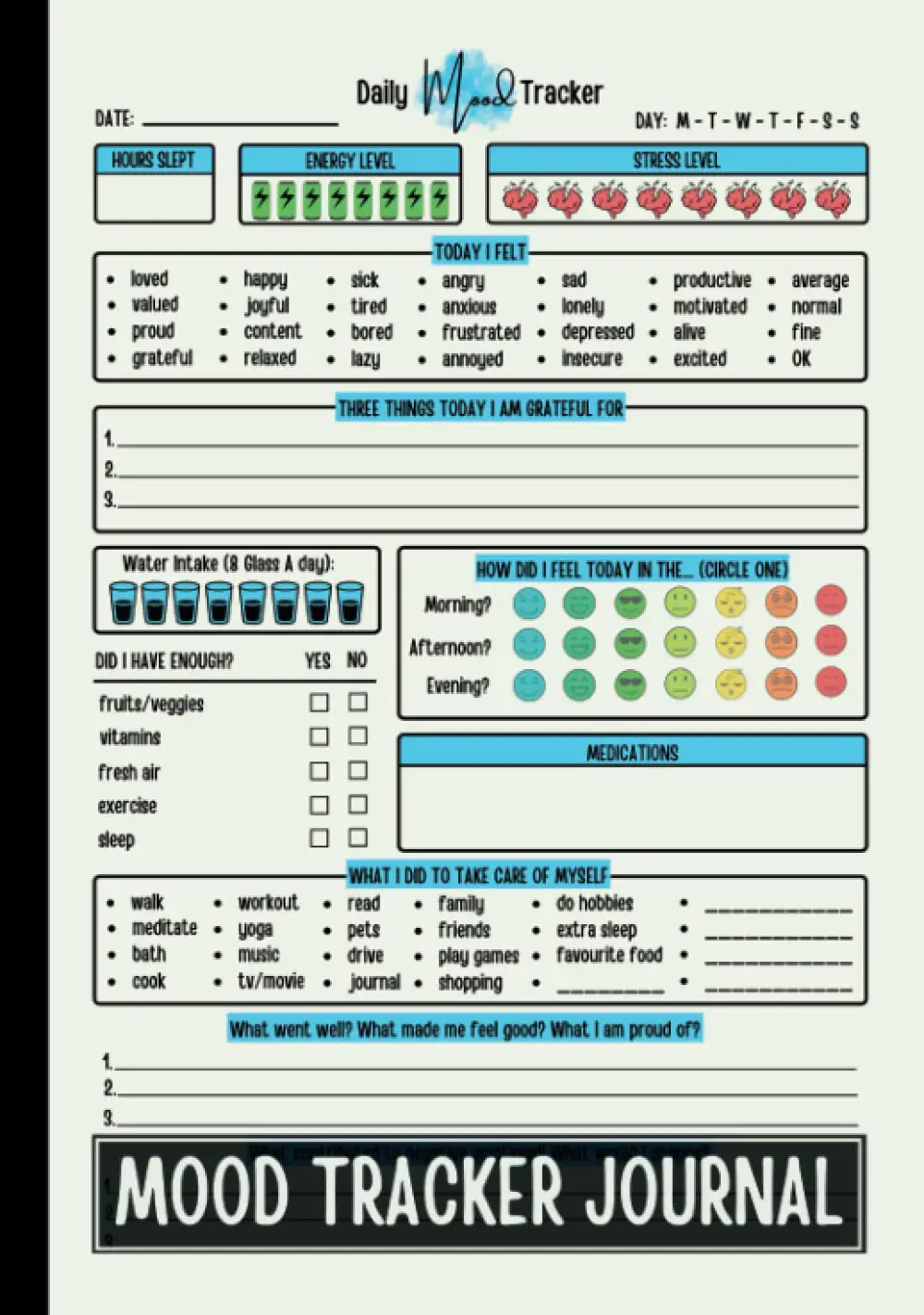
Tracking daily moods and related events is crucial in understanding the impact of OCD on emotions. This Daily Mood Log is suitable for individuals of all ages and genders.
This OCD worksheet helps in recognizing patterns, triggers, and identifying areas for intervention. It’s especially useful for those who find it challenging to connect their emotional states with specific thoughts or behaviors.
Cognitive Restructuring Worksheet
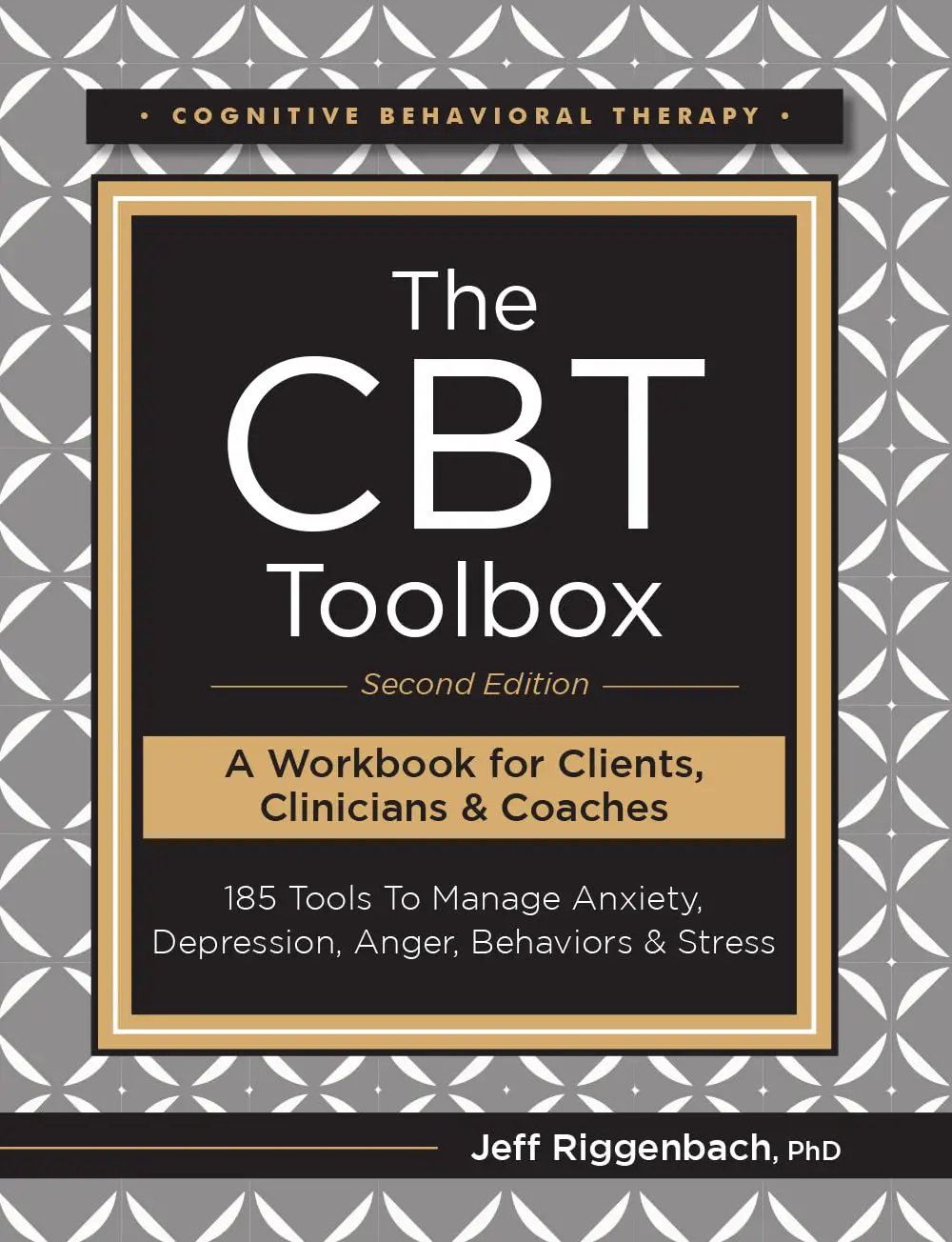
The Cognitive Restructuring Worksheet guides individuals through the process of identifying and challenging irrational beliefs and cognitive distortions associated with OCD.
This OCD worksheet is universally applicable and beneficial for anyone looking to reshape their thought patterns. It’s particularly useful for individuals who recognize the need to change thought processes but may struggle with the practical steps involved.
In summary, these CBT worksheets provide a diverse set of tools that can be tailored to individual needs including exposure and response prevention, making them accessible and beneficial for a wide range of individuals dealing with OCD.
The effectiveness of each worksheet depends on the unique challenges and preferences of the user, and they can be adapted for different age groups, genders, and cultural backgrounds.
Why Are Worksheets Helpful in Treating OCD
The incorporation of worksheets into the treatment of Obsessive-Compulsive Disorder (OCD) is not merely a convenience; it is a strategic and effective approach that aligns with the core principles of Cognitive Behavioural Therapy (CBT).
These structured tools play a pivotal role in the therapeutic process for several reasons.
Concrete Application of CBT Principles
Worksheets provide a tangible means of applying the principles of CBT to real-life scenarios. In the context of OCD, individuals often grapple with abstract and distressing thoughts.
Worksheets act as practical instruments, enabling them to systematically challenge and restructure these thoughts.
This concrete application fosters a deeper understanding of the CBT process, making it more accessible and actionable.
Facilitation of Self-Reflection
OCD often involves cyclical patterns of intrusive thoughts and compulsive behaviors. Worksheets encourage individuals to pause and reflect on their thoughts and actions.
By documenting triggers, thoughts, emotions, and behaviors, individuals gain insight into the patterns that contribute to their distress.
This self-reflective aspect is crucial in fostering increased self-awareness, a cornerstone of effective OCD management.
Empowerment through Active Participation
Unlike passive therapeutic approaches, worksheets require active engagement. Individuals become active participants in their treatment, taking charge of their progress.
This sense of empowerment is particularly valuable for individuals struggling with a condition that often leaves them feeling helpless or overwhelmed.
Worksheets transform the therapeutic process into a collaborative effort, reinforcing a sense of agency and control.
Tailoring to Individual Needs
OCD manifests uniquely in each individual, and effective treatment must be tailored to specific needs.
Worksheets provide a versatile platform that can be customized to address the idiosyncrasies of each person’s experience with OCD.
Whether focusing on exposure therapy, cognitive restructuring, or behavioral activation, worksheets can be adapted to suit the preferences and challenges of diverse individuals.
Practical Tools for Daily Application
CBT aims to equip individuals with practical skills that extend beyond therapy sessions. Worksheets serve as tools that individuals can carry into their daily lives.
Whether it’s a thought record used in the midst of distressing thoughts or a goal-setting worksheet employed for motivation, these tools offer practical applications that enhance the continuity of therapeutic practices outside the counseling room.
In summary, the importance of worksheets in treating OCD lies in their ability to bridge the gap between therapeutic theory and real-life application.
They serve as dynamic tools that empower individuals to actively engage in their treatment, fostering self-awareness, personalized intervention, and practical skill development.
By incorporating worksheets into the therapeutic process, individuals with OCD not only gain insights within the counseling setting but also acquire valuable tools to navigate the complexities of their daily lives.
Conclusion: The Practical Impact of CBT Worksheets for OCD
In dealing with Obsessive-Compulsive Disorder (OCD), Cognitive Behavioral Therapy (CBT) worksheets aren’t just paperwork – they’re handy tools that help folks actively engage in their healing journey.
We’ve seen how these worksheets, covering everything from handling intrusive thoughts to setting personal goals, provide a straightforward way to tackle OCD’s challenges.
These worksheets offer practical exercises that make therapy less abstract and more applicable to daily life. They empower individuals and therapists to reflect on their thoughts and actions, fostering a sense of control over a condition that often feels overwhelming.
From thought records to exposure hierarchies, each worksheet serves a specific purpose, making them adaptable to different stages of the OCD experience.
In a nutshell, CBT worksheets are like roadmaps guiding individuals and therapists through the twists and turns of their OCD journey. They offer insights, interventions, and a practical edge that extends beyond therapy sessions.
By embracing these tools, individuals gain not just understanding but also the means to navigate their daily lives with more awareness, resilience, and practical skills.
In the practical symphony of OCD treatment, CBT worksheets play a vital role, helping individuals find their own rhythm towards understanding, acceptance, and lasting change.





